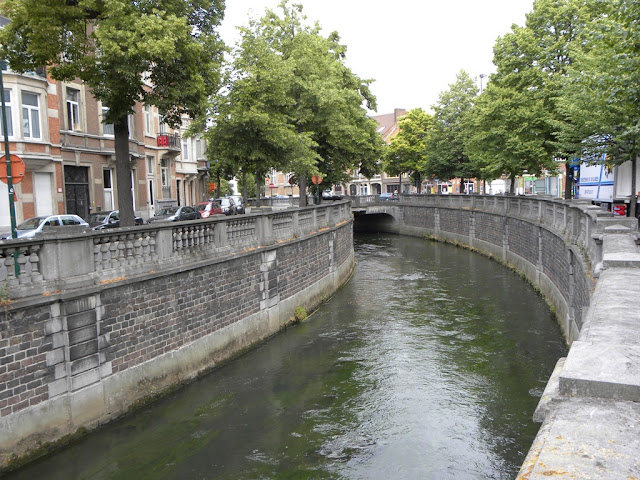Een 25 jaar geleden, ging ik naar school in Mechelen, een Dijlestad net zoals Leuven. De steden liggen op een afstand van 27 km van elkaar en zijn verbonden door de Dijle rivier. Tijdens mijn schooltijd was de Dijle naar mijn mening een stinkende open riool. Dit is zeker niet meer zo. De rivier is gezuiverd en je ziet groene planten in het stromende heldere water. Beide steden maken grote inspanningen om hun rivier populairder te maken bij de inwoners. Het project de “Dijleterrassen” aan de “Dirk Boutslaan” geeft iedereen de mogelijkheid dichter bij de rivier te komen en voetje te baden. Op andere plaatsen in de stad is dit niet mogelijk daar de Dijle soms ondergronds stroomt of veel lager dan de plaatsen begaanbaar voor voetgangers. Een goed initiatief van de stad en een mooie plaats om van de zon te genieten. Een positief project in het leven geroepen door de stad van Burgemeester Louis Tobback..





Previous Leuven article: The "Posterijen"en het Kruidvat, Leuven
Return to main page












Hi Filip! :) So it seems the river is changed into some sort of a recreational place? I like the 2nd photo.. It looks very nice that the green is following the stream..
ReplyDelete